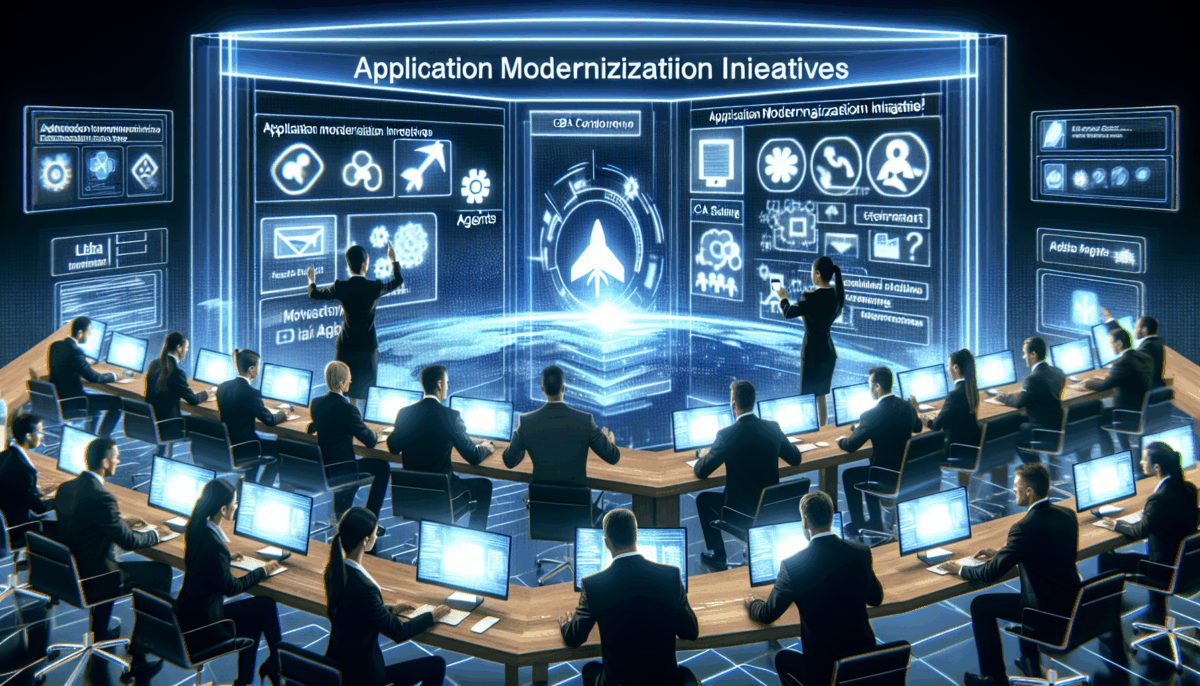South32 Improves Onboarding Experience with SuccessFactors Advancement
We independently review everything we recommend. When you buy through our links, we may earn a commission which is paid directly to our Australia-based writers, editors, and support staff. Thank you for your support!
Quick Overview
- South32 transitions to SAP SuccessFactors Onboarding 2.0.
- This change boosts onboarding effectiveness and connectivity.
- Compatibility with mobile devices streamlines the onboarding experience.
- Ordered processes are now integrated and optimized.
- The upgrade provides enhanced visibility for HR and line managers.
- Upcoming plans feature AI and automation for recruiting talent.
South32’s Digital Advancement in Onboarding
South32, a global mining firm operating in ten nations, has improved its onboarding process by upgrading to SAP SuccessFactors Onboarding 2.0. This initiative is part of a larger HR transformation aimed at refining and modernizing employee integration.

The Transition to Onboarding 2.0
Kicking off its transition in 2023, South32 adopted the latest Onboarding version in SuccessFactors, ahead of the planned phase-out of version 1.0 in May 2026. This upgrade enables new hires to engage with critical information sooner in the onboarding journey, promoting a faster connection to the company’s fundamental values and objectives.
Mobile Functionality and Operational Effectiveness
The upgrade supports onboarding through mobile devices and tablets, removing the dependency on desk computers that were previously necessary. This progress addresses logistical issues, especially at remote locations, by removing the need for onsite kiosks.
Optimized Backend Workflows
The onboarding system’s backend has been made more efficient, with uniform ordering highlighted as a key improvement. The new setup incorporates uniform orders, making the process easier for new employees and minimizing the need for multiple staff and paper documentation.
Advantages for HR and Recruitment
In addition to improving the employee experience, the upgrade has enhanced HR services and recruitment processes. The system allows for better process tracking, enabling HR to monitor candidates’ progress and ensure timely completion of onboarding tasks.
Implementation Experience
The upgrade was rolled out simultaneously in all ten countries. Despite the hurdles posed by time zone variations with their implementation partner, this method has established a foundation for future enhancements.
Looking Ahead
Focusing on sustainable hiring and employee retention, South32 intends to investigate AI and automation for further refining talent acquisition methods and improving candidate experiences.
Recap
South32’s transition to SAP SuccessFactors Onboarding 2.0 represents a major advancement in its HR transformation endeavors. By improving efficiency and connectivity, the company is better equipped to integrate new staff effectively, while future initiatives to incorporate AI and automation promise additional progress.








_(20).jpg&h=420&w=748&c=0&s=0)



.jpg&h=420&w=748&c=0&s=0)
